By
Amarjyoti Borah
Erosion in Assam has a relentless history, almost as relentless as the state government’s apathy in finding real solutions.
This year too, hundreds of people have been added to the list of erosion affected in the state.
Morigaon district has been particularly badly hit. The Mikirgaon and Jotiapur village in Morigaon district, which existed until a few months back is now only on paper, as all two hundred families of these two villages had to shift into makeshift camps on the embankment of the Brahmaputra. Mikirgaon village had over 110 families, while Jotiapur village had over 120. “We had 60 bigha of agricultural land and we were a prosperous farmer family. However over the past six-seven years all our land got eroded, and three months back even our house suffered the same fate,” Purnakanta Basumatary, a fifty six year old farmer and a father of two, breaks down. There are other neighbors at the makeshift camp on the embankment, with similar tales of loss.
Forty four year old Uttam Bora and forty eight year old Dhaneshwar Bora, two brothers from Jotiapur are now completely blank about their future. “Our family has been traditionally into agriculture and we had inherited over 80 bigha of agricultural land. However we lost all our land to erosion, and this year we lost our house as well,” says Uttam. The elder brother adds that they have no money left now, and don’t know if the children can continue their education.
Despite this, the erosion-affected are trying to live as normally as possible, even setting up a place for worship at the embankment camp. Vehicle owners too have set up temporary garages. “We have no other option but to wait here, as we have lost all our land and no government help is in sight. The best option for us is to make the embankment our new home,” says forty-five year old Jishu Hazarika, who has recently shifted here along with his wife and two children.
At Balimukh village, also in Morigaon district, close to a hundred families have been living on the embankment for the past seven years. Seven years of waiting for the government, to allot land somewhere, so that they can move and start afresh. “Our land, including our house got eroded in 2007, and since then we have been living on the embankment. I was a farmer but now with no land left, I have taken up work as a daily wage laborer to feed myself and my family,” laments fifty year old Abdur Khan. Khan points to his and many others’ kids who have literally grown up on the embankment.
The Assam government informs the media that it has finally come up with a policy to provide relief. The policy, named ‘Chief Minister’s Special Scheme for rehabilitation of erosion affected families in Assam’, which through a government notification (No. RGR.785/2014/6) dated March 12, 2015 purports to cover only erosion affected families. “The government has taken up a scheme to rehabilitate the erosion affected families who are landless, under the CM’s Special Package for Rehabilitation of Erosion Affected Families of Assam,” says Bhumidhar Barman, Assam Revenue and Disaster Management Minister. Barman adds that, a fund of Rs 500 lakh has been earmarked in the current year’s Budget for the purpose.
On being asked about the extent of damage as a result of erosion, Barman reveals, “As per information received from 15 districts, some landless people affected by erosion are now living in other parts. Some are living on embankments and roadsides, while some are living on leased land.” In those very 15 districts, over 880 villages have been eroded completely and 67 villages have suffered partial erosion.
Civil society groups however challenge the Revenue minister’s data. “According to the Assam government’s figures there are less than 40,000 erosion affected people in the state, but in reality there are close to 1 lakh erosion affected people in a few districts—Dhemaji, Morigaon, Tinsukia and Dibrugarh itself. The government and the district administrations are putting out false figures to save their skin from public wrath,” says Sosi Bordoloi, from the Guwahati based non-profit, Women Development Centre.
Meanwhile Assam chief minister Tarun Gogoi passes the buck to the Central Government. “The demand for inclusion of erosion as a natural calamity under the national disaster response fund has been a long standing demand of the state government, and the Centre must view erosion as a serious problem and bring it under the ambit of national disaster response fund to provide much needed relief to the state,” says Gogoi. The Chief Minister points out that the problem of erosion is more serious than floods and Assam’s economy, which hinges on agriculture, would be adversely affected if erosion continues to erode the land mass permanently. “A holistic approach has to be adopted for tackling floods and more importantly the serious problem of erosion,” he adds. Assam Governor, PB Acharya, when approached said that he will try to impress upon both the Central and State governments to work out a long-term plan for tackling Assam’s perennial flood problem. He also mooted the idea of having a Governor’s Relief Fund on the lines of the Chief Minister’s Relief Fund.
However the apathy of the Assam government towards the flood affected became clear on September 1 this year. The police resorted to lathi charge when those hit by the floods, blocked roads at Dibrugarh town in upper Assam. They too were demanding a permanent solution and speedy relief and rehabilitation to both the flood and the erosion affected.
Even at the makeshift camps, the cynicism continues to deepen each day. “We hear a lot of promises before all the elections—the Lok Sabha, Assembly elections and also the panchayat elections, and we are also given Rs 100-500 for votes. However we are forgotten immediately after the election, and to see the political leaders again, we need to wait for the next election,” said Khan.
This article was reproduced with the kind permission of Our Stories and was originally published here

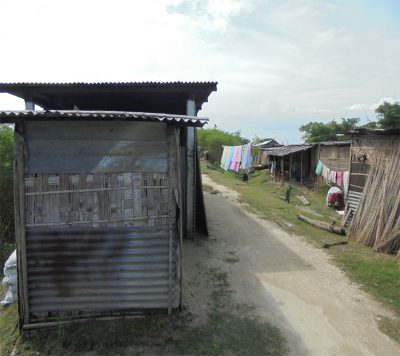
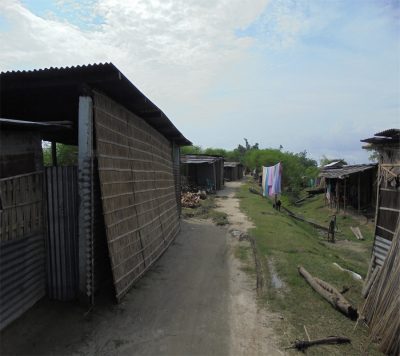
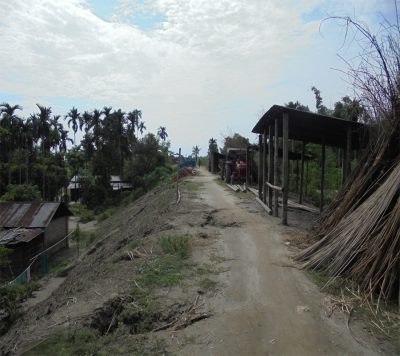
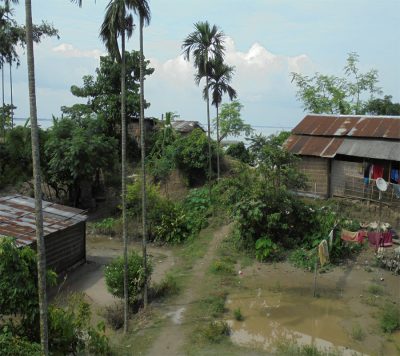
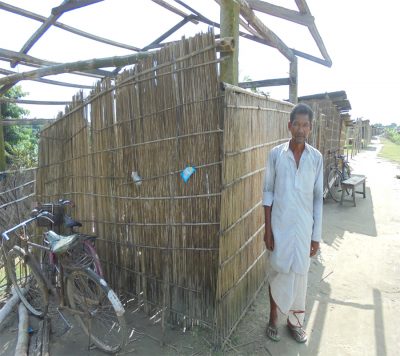
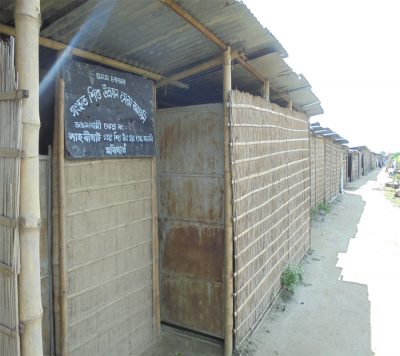

No Comments Yet!
You can be first to comment this post!